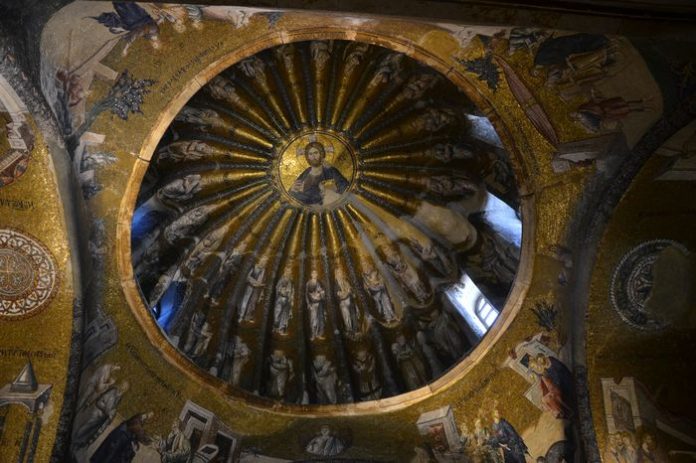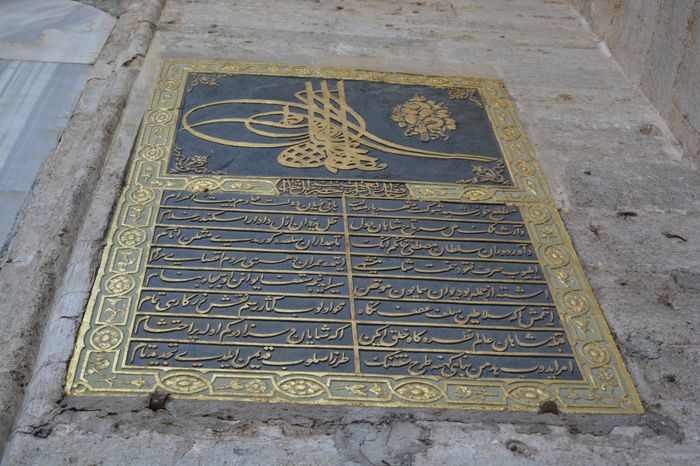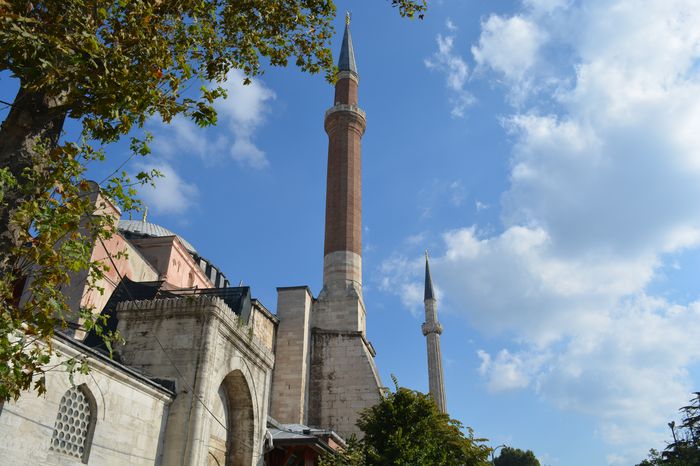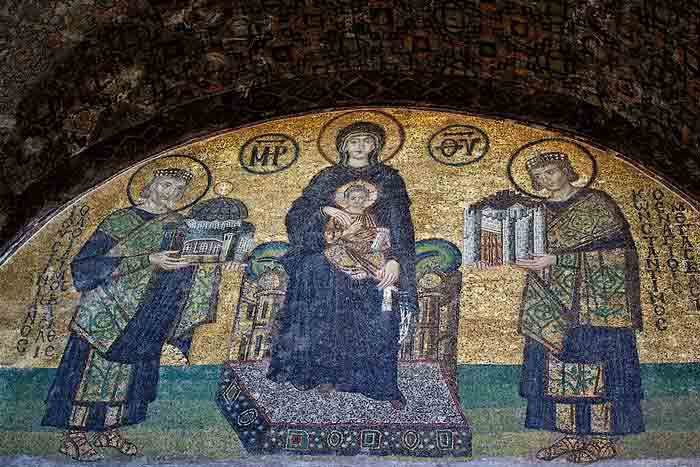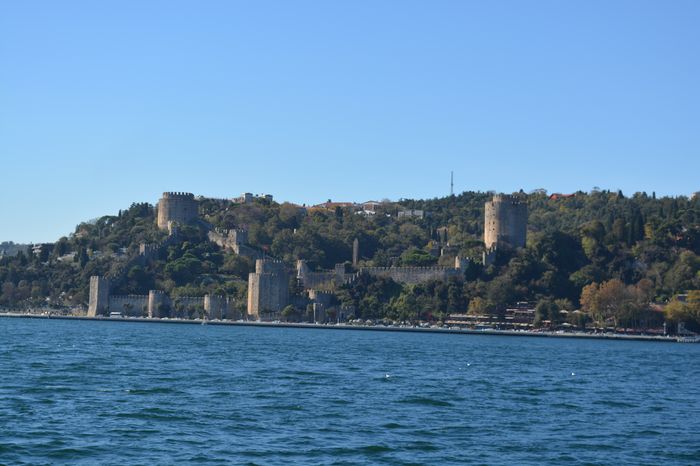Christianity played a significant role in the history of Istanbul, formerly known as Constantinople during the Byzantine Empire. As the official religion of the empire, Christianity left an indelible mark on the city’s culture, architecture, and religious institutions. Let’s delve into the rich legacy of Christianity in Istanbul.
Byzantine Influence
During the Byzantine era, Christianity flourished as the dominant faith in Istanbul. The Byzantines, after enduring the repercussions of the Holy Crusades, embraced Eastern Christianity, also known as Orthodoxy. This divergence from the Papal Church in Rome solidified Istanbul’s role as the epicenter of Eastern Christianity, with the Ecumenical Patriarch of Constantinople serving as the spiritual leader of all Eastern Churches Church of the Saints Sergius and Bacchus and the Armenian Patriarchate.
Distinctive Architecture
The religious architecture of Istanbul reflects the influence of Eastern Christianity, characterized by cross-shaped basilicas and domed structures. The Little Hagia Sophia, an architectural marvel, stands as the sole example of a domed basilica in the city. Churches commissioned by emperors, members of the royal family, and statesmen were prominent features of Istanbul’s skyline, often clustered in monastery hubs. While grand churches were prevalent, smaller neighborhood churches also dotted the cityscape Customized Istanbul Tour.
Transformation and Adaptation
With the conquest of Istanbul by the Ottoman Empire, many churches underwent transformation, being converted into mosques. This period marked a significant shift in the city’s religious landscape, as Islamic architecture began to dominate. Despite this transformation, the influence of Christianity persisted, albeit in a different form.
Continued Presence
Despite the conversion of churches into mosques, Istanbul remained a center of religious diversity. During the Ottoman era, new churches were constructed to accommodate the city’s growing Christian population. These churches, though smaller in scale compared to their Byzantine predecessors, served as places of worship and community gathering for Christians in Istanbul.
Preservation and Appreciation
Today, remnants of Istanbul’s Christian heritage can still be observed in its architectural landmarks, cultural traditions, and religious institutions. The city’s multicultural identity is a testament to its rich history, where Christian and Islamic influences coexist harmoniously. Efforts to preserve and appreciate Istanbul’s Christian legacy ensure that its cultural heritage remains cherished and celebrated for generations to come.
Christianity’s influence in Istanbul transcends mere historical significance, shaping the city’s identity and cultural landscape. From majestic basilicas to humble neighborhood churches, the legacy of Christianity continues to enrich Istanbul’s vibrant tapestry of religious diversity and architectural splendor.
